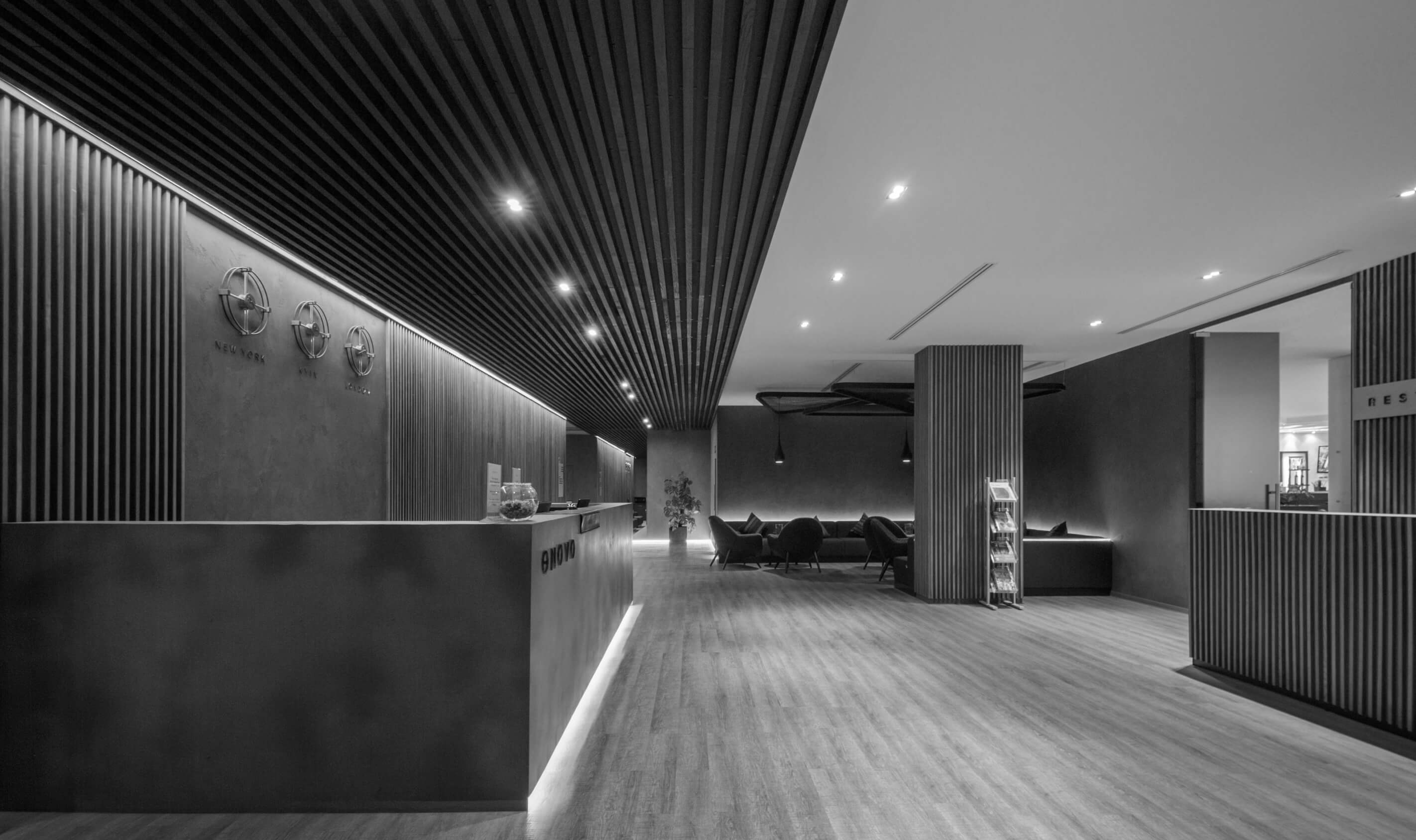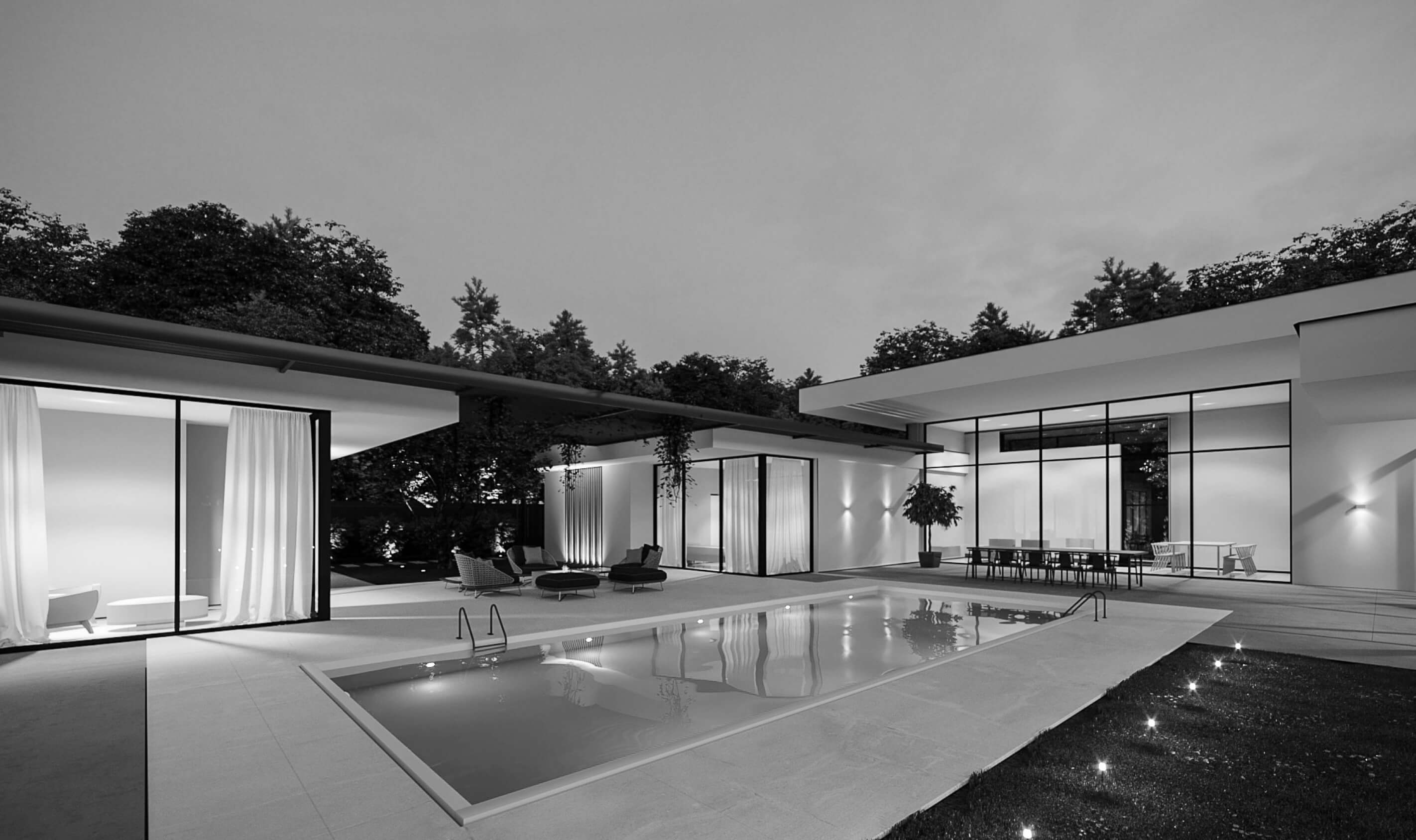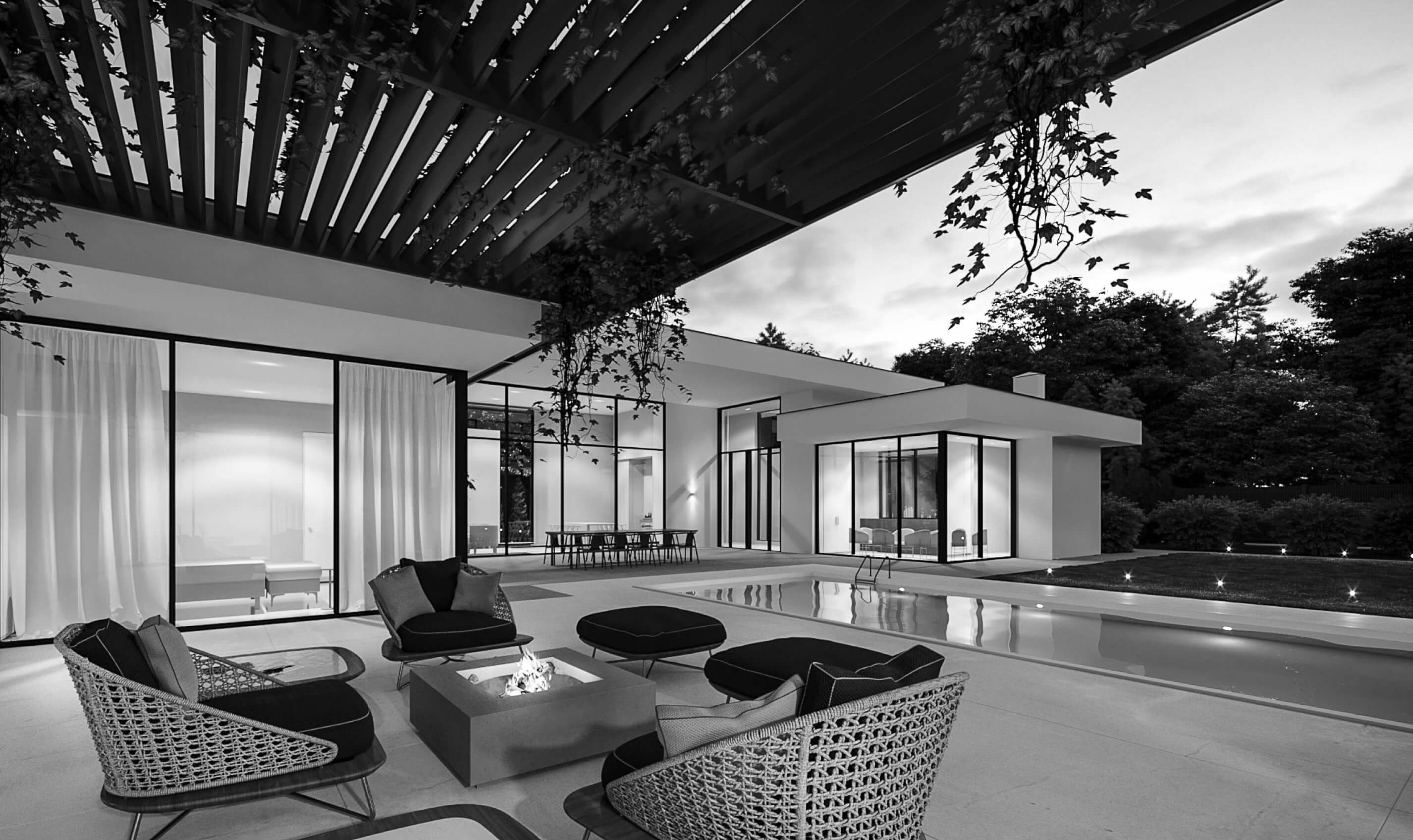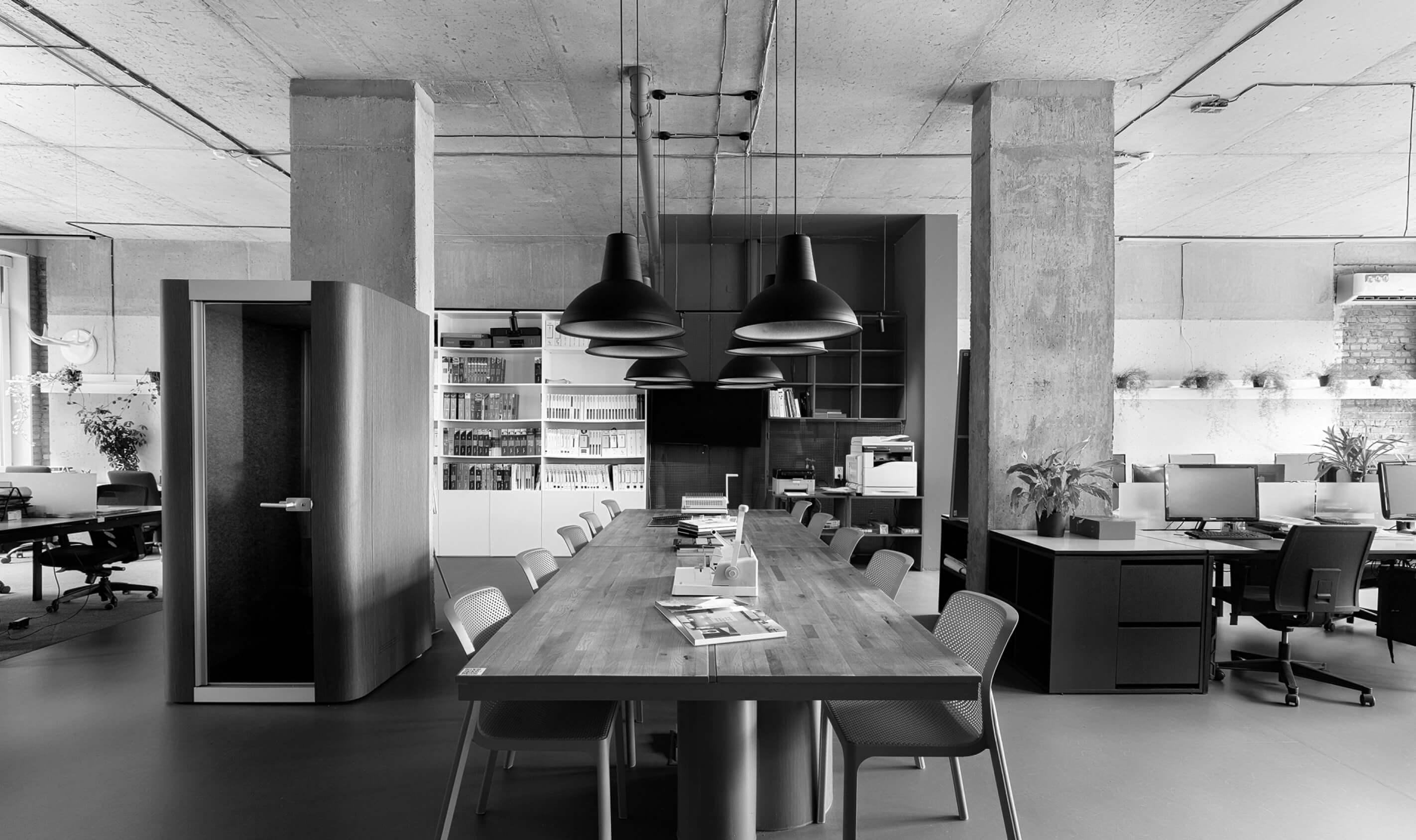The place where we work affects not only our well-being, but also our efficiency. Lack of sufficient light, annoying and loud noises, clutter or an uncomfortable office chair all determine our productivity.
Studies have proven that a focus on employee and workplace well-being often leads to increased cooperation, productivity and morale, and consequently fewer sick days and improved retention. Not surprisingly, many companies are adapting their offices to create thoughtful workspaces for their employees.
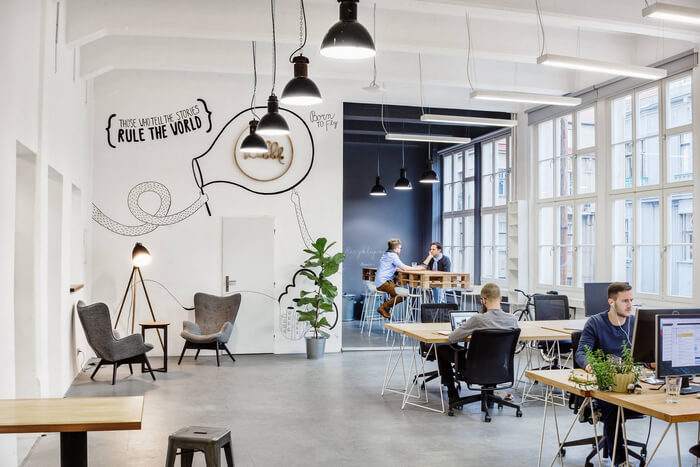
How to organize interior design of the office to enhance the creative employees’ creative potential?
Architectural studio ZIKZAK offers solutions where thoughtful office design enhances the creative potential of employees:
1. To each his own.
Everyone is different and has a different way of working. Some prefer to work collaboratively, others prefer to work in silence, etc.
Traditional office design provided each employee with a desk, computer, and phone. However, the use of laptops, cell phones, cloud-based software, and IP phone systems have caused some disorganization in the actions of professionals. Today office design provides flexible workspaces for the employee that can be used in a variety of ways: lounge space for informal meetings, teamwork, private rooms or cubicles for private conversations for privacy and silence.
Of course, desks are still indispensable elements of the workplace – at which most of the work is done. However, the mindset is changing, and it’s not the only place employees can work. Flexibility and providing choices – certainly enhances employee well-being and health.
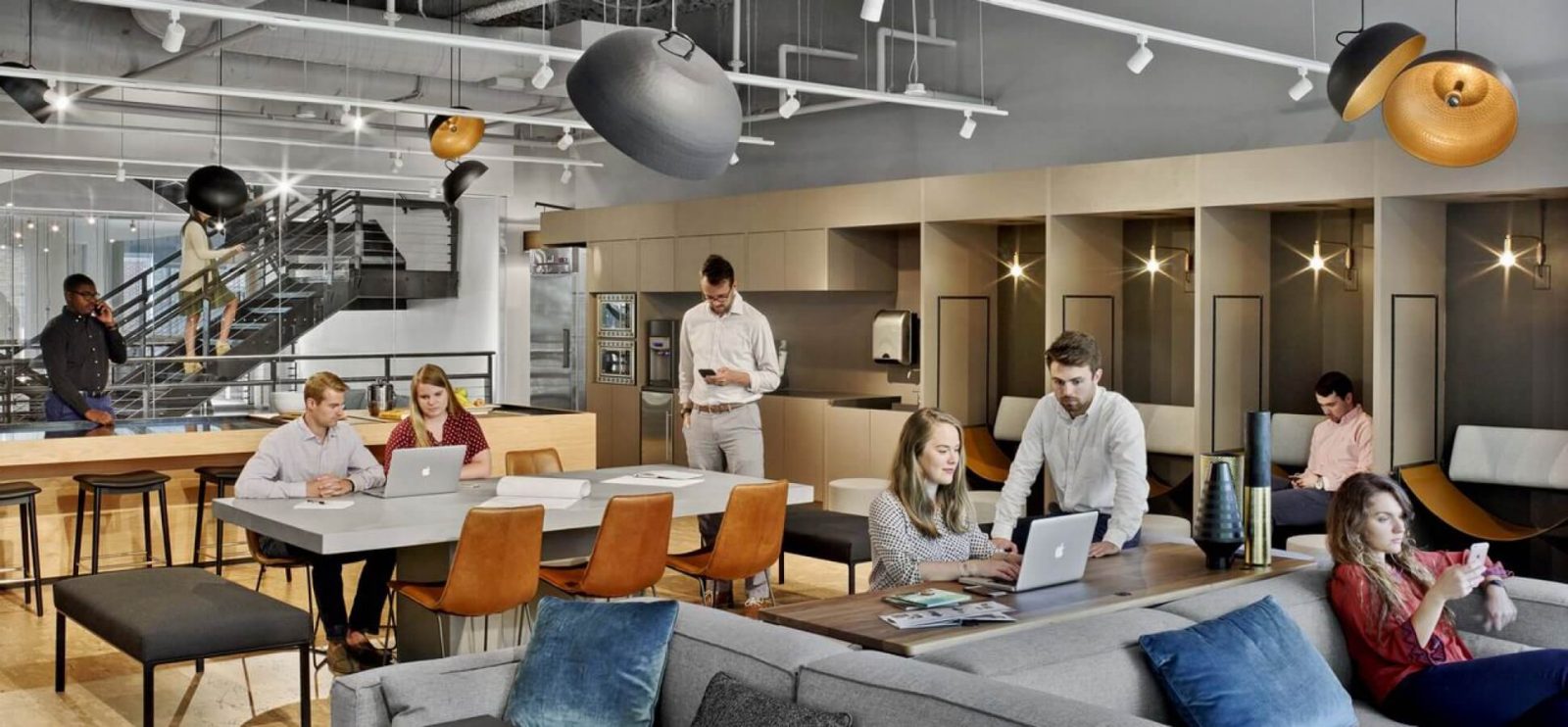
2. Nature in the workplace
Plants and nature in the office (or biophilic design) improves the well-being of employees in the office. Green “friends” in the office interior improve concentration, mood, and productivity. However, nature is not limited to plants alone. Natural light, colors, scenic views from windows, and natural furnishings all influence employee well-being.
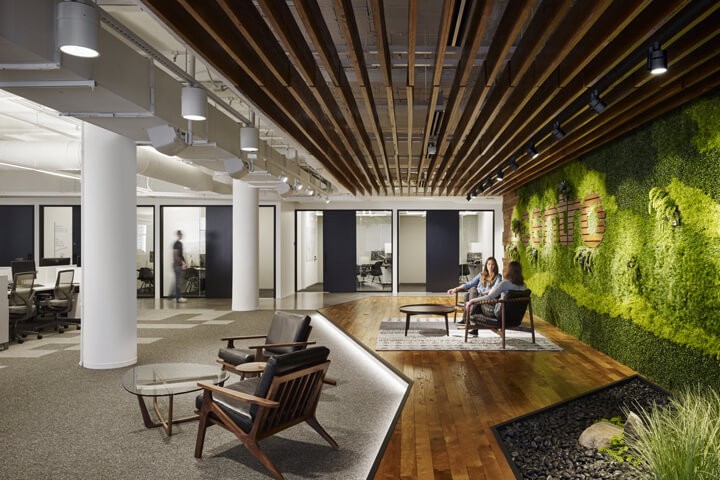
3. lighting is key
Lighting plays an important role in the well-being of employees in the workplace. Low light levels can lead to eye fatigue, poor mood and a significant decrease in productivity. Bright light is also not the norm and takes its toll on stimulation and visual impairment. Therefore, workplace lighting should be taken extremely responsibly.
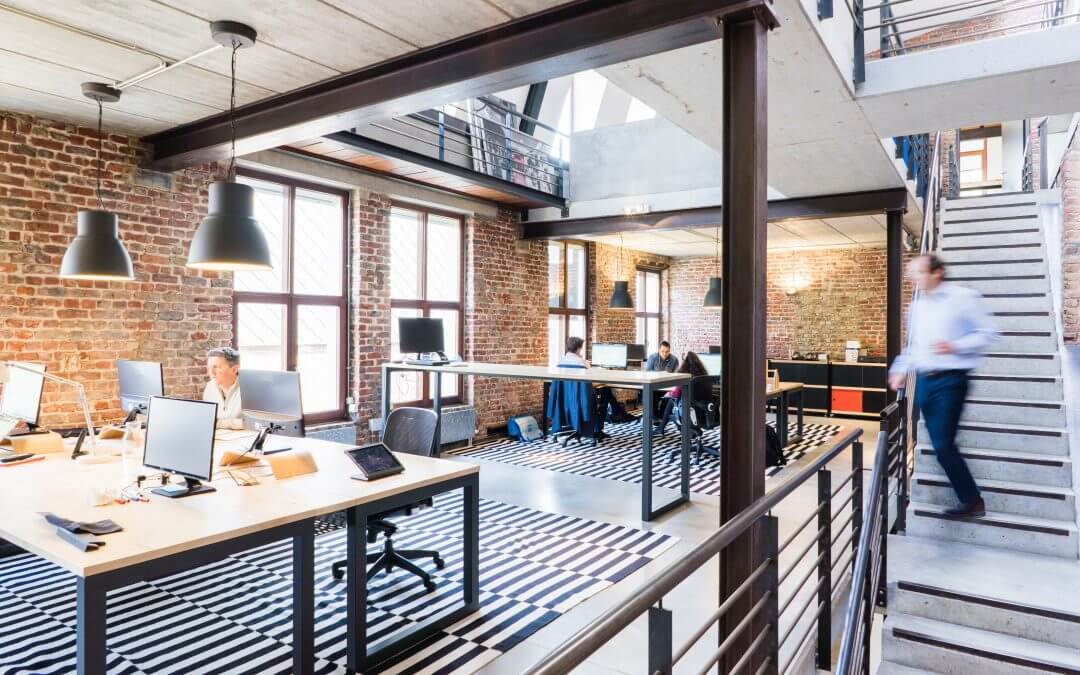
4. Color Psychology.
Like lighting, color can have a huge impact on the mood, happiness, and well-being of employees. Color psychologists have determined that colors can stimulate certain feelings and emotions. Today’s architectural studios embrace this and use thoughtful color schemes to encourage different feelings and actions in different areas. Color is not limited to paint on walls. Color can be introduced through colorful furniture, decor or rugs.
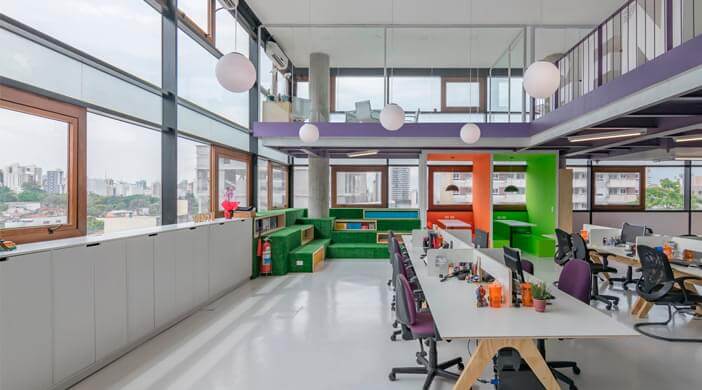
5. Relaxation and physical activity
In the interior of the office it is necessary to allocate places for relaxation and areas for more active exercise. Researchers at Western University (Canada) have proven that even short and one-time physical activity can effectively stimulate the part of the brain responsible for “executive” function – decision making and concentration.
For more information on how ZIKZAK Architecture Studio can help your company create a workspace that increases productivity and promotes employee well-being, contact us today!
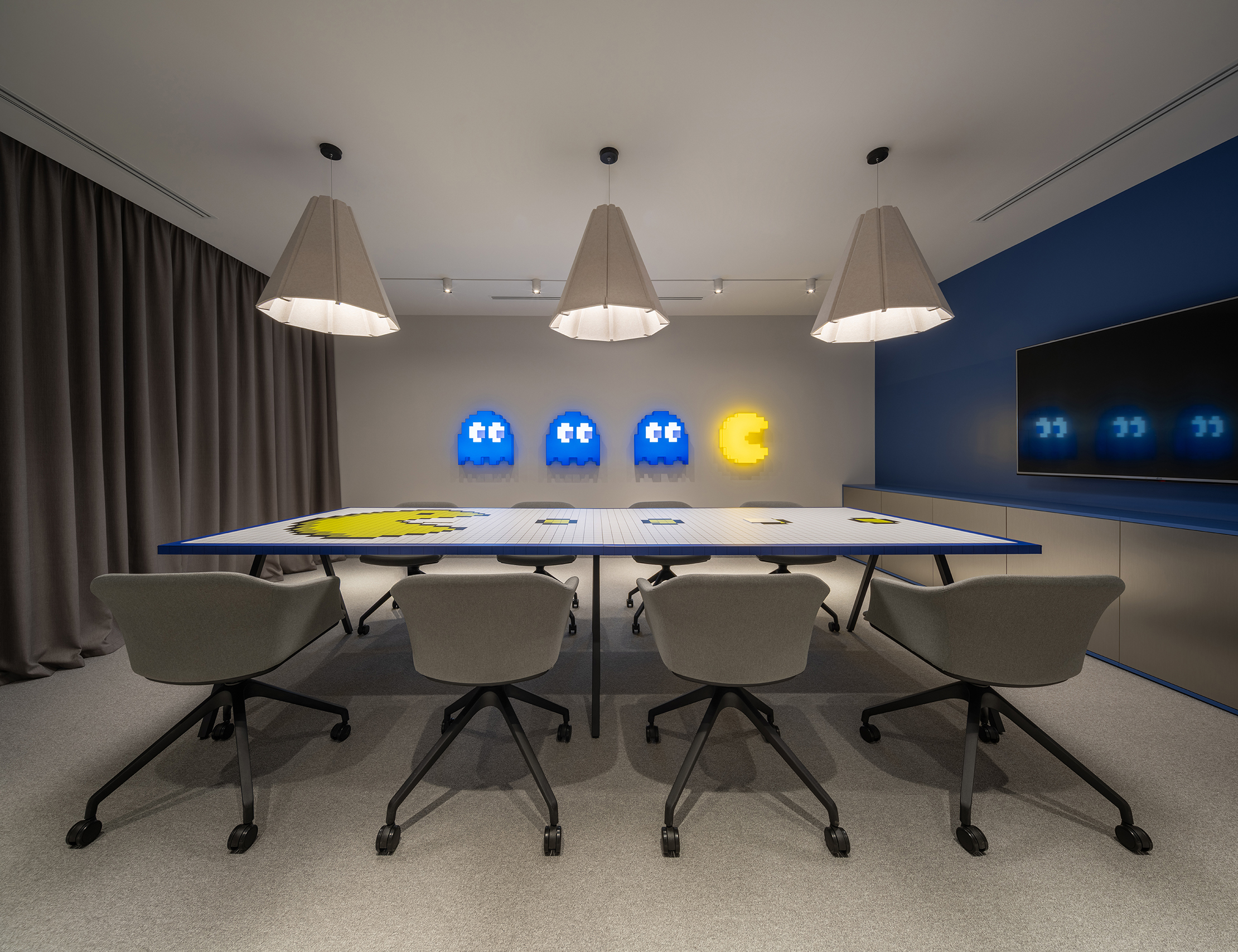

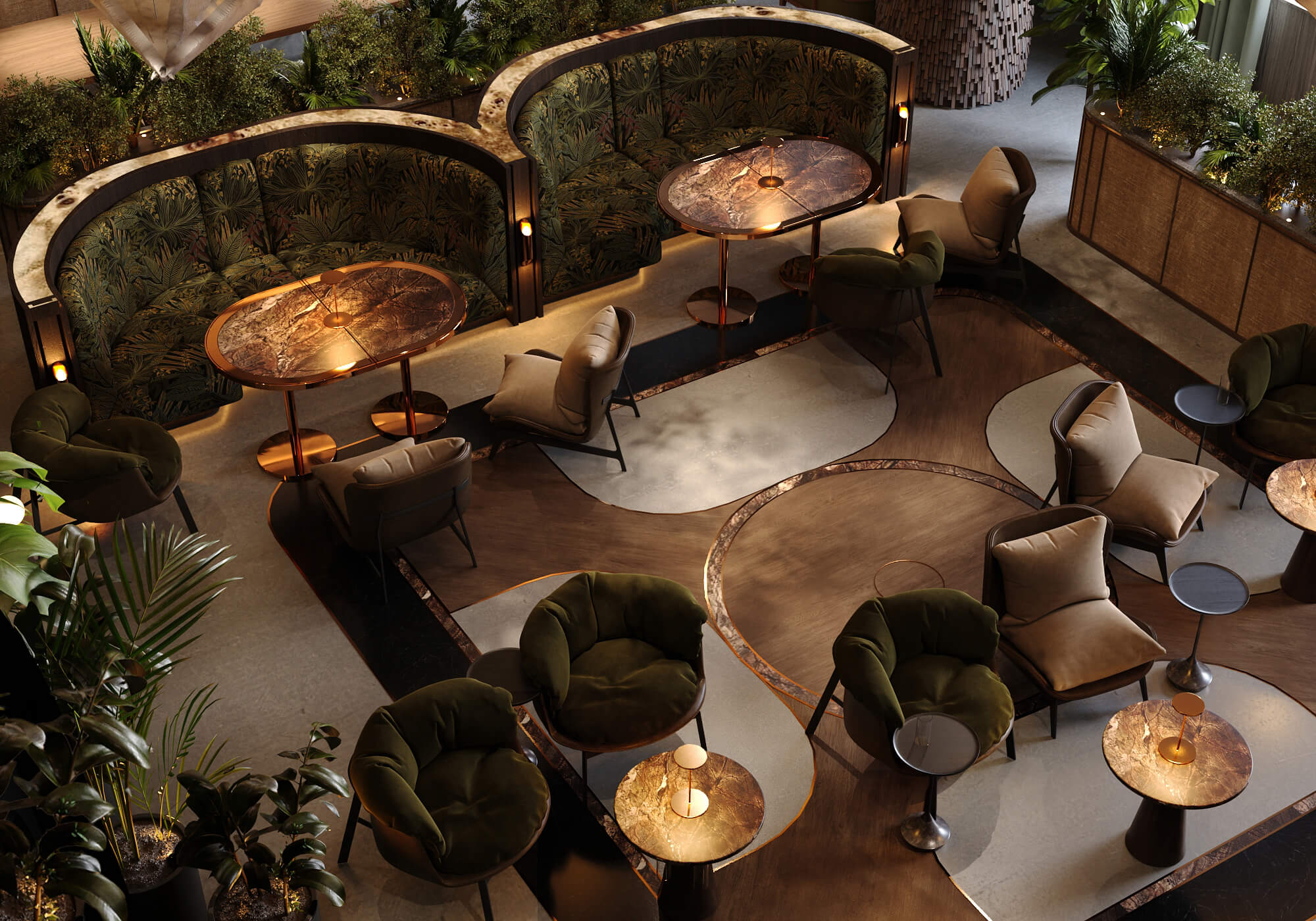
 Back
Back Back
Back



